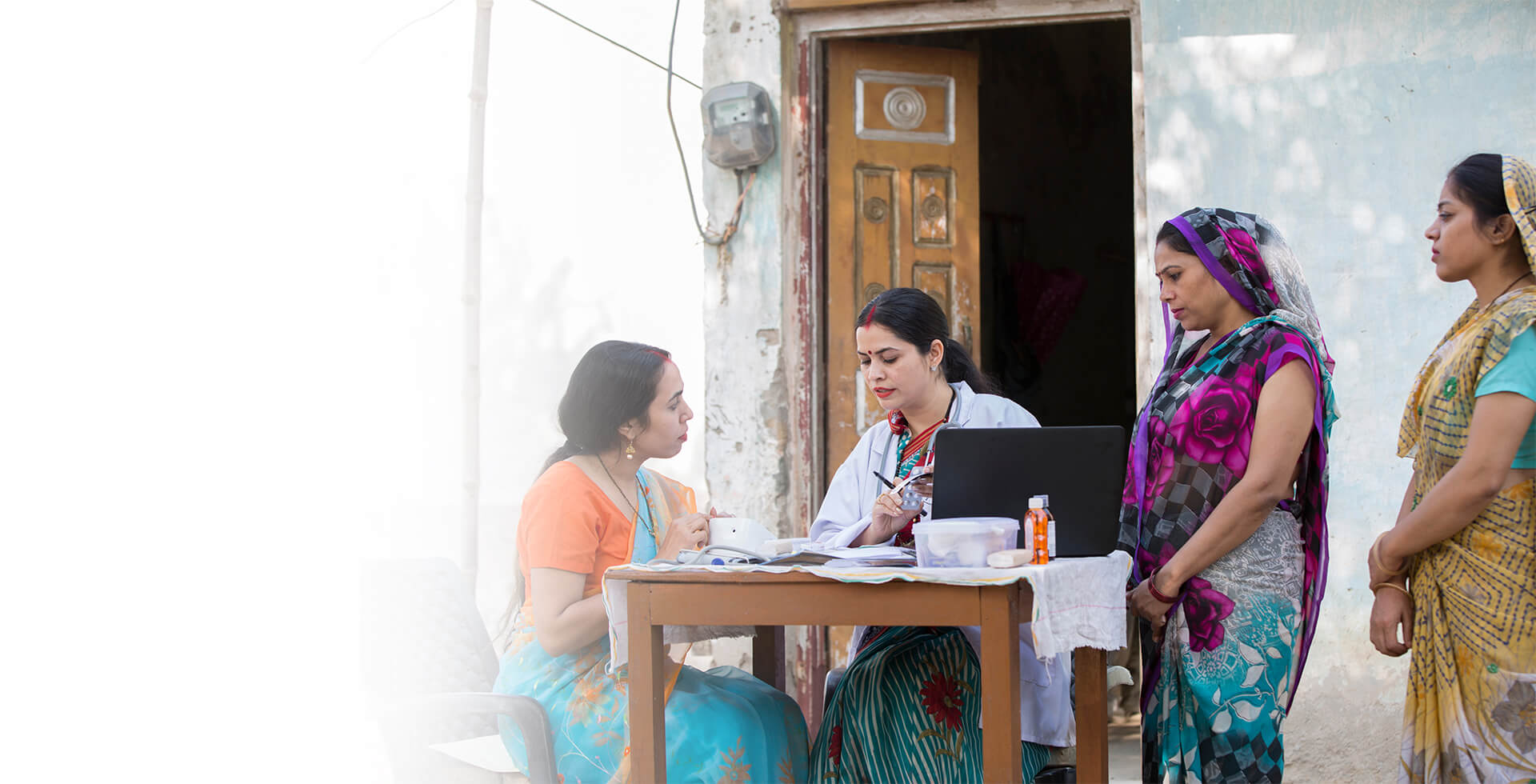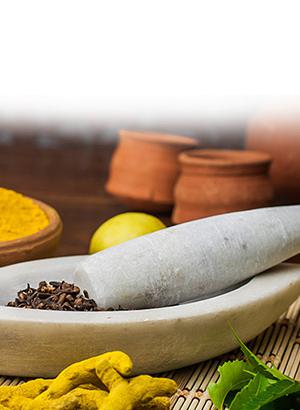Ayurvedic science
Science of Ayurveda
Ayurvedic science is not merely a traditional Indian form of medicine but a perennial naturopathic system of healthcare that has survived the test of time as well as onslaught of modern science and methods of treatments. Based on wisdom acquired through the centuries, the main aim of Ayurvedic science is to achieve perfect health by creating an equilibrium of perfect harmony between human body and the environment it habitats.
Ayurveda is also known as the science of living a healthy and illness free life. It is built on the premise that in olden days, man used to live close to nature and whenever he got exposed to some disease, he used to cure himself using resources and material provided by the Mother Nature. It therefore would not be wrong to say that Ayurveda charts out a health patter based on nature and its natural resources.
The Vedic philosophy believes that human beings are all a part of nature. Just as animals and plants are interdependent on each other to create balance within their beings, there is a concurrent and inherent connection between the universe and human beings. The complex world that the human beings reside in, is perpetually exposed to environmental changes. Any amount of change in weather, lifestyle, diet, work, emotions and relationships can easily tip the balance and negatively influence an individual's state of mind, body and soul.
Ayurveda calls for a complete harmony of human body with the elements of nature and the surrounding environment for a stress free and healthy life. The Ayurvedic science does not merely deal with medical science but its scope goes much beyond the universe of the conventional science. It also includes factors like herbal medicine, body works, and surgery apart from social, psychological, ethical, spiritual and intellectual life of human beings.











